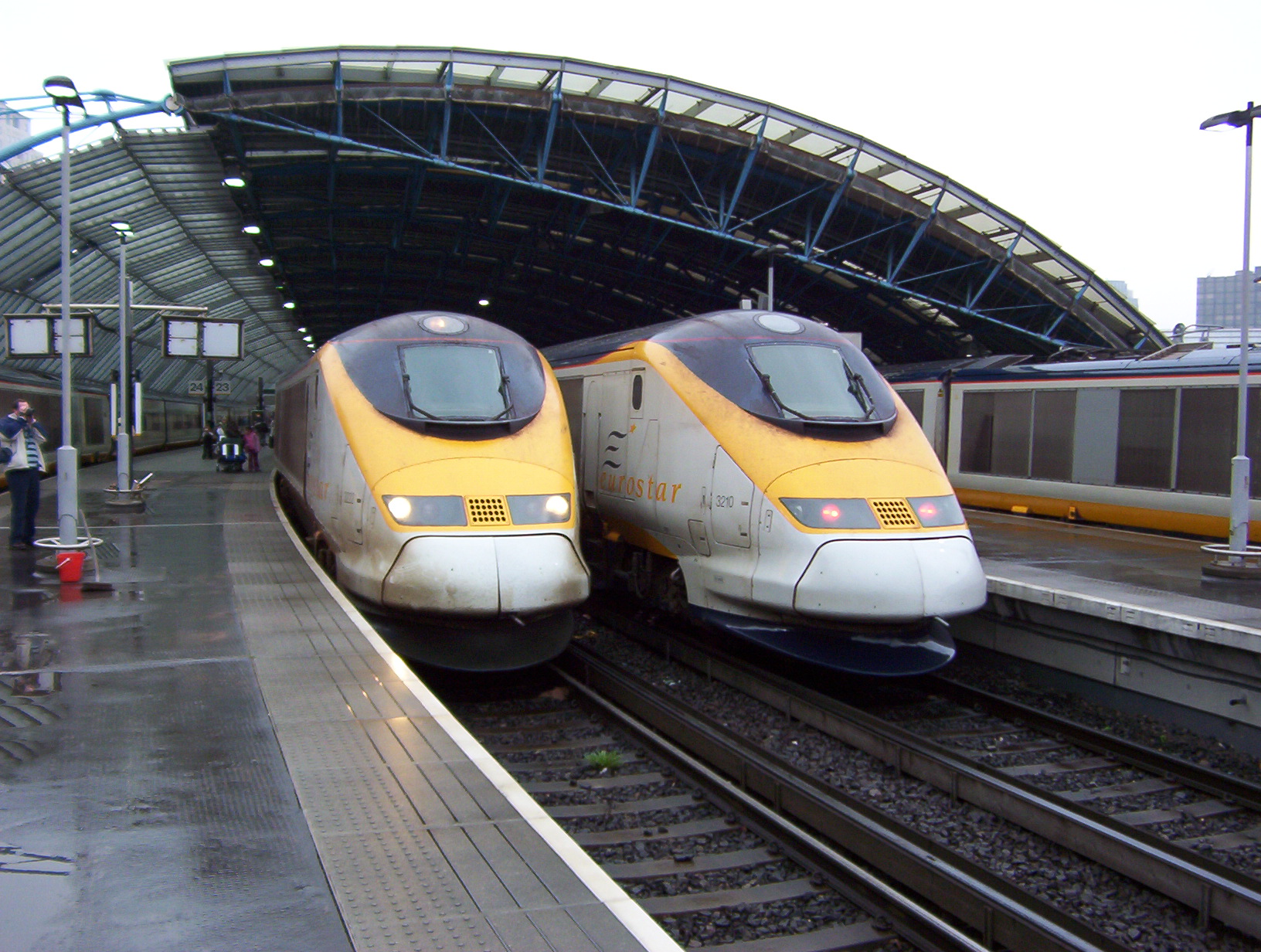

The Secure Rail Conference 2018 organized by progressive railroading focused on the diligence required for safety and security of rail technology, assets, and people. It was a privilege to speak on the digital transformation within railway industry and learn from the fellow speakers and attendees on the importance of physical and cybersecurity in the operations and maintenance of railways. As technology continues to evolve, demand for public transit and urbanization grows, railway threats will continue to pose a challenge to critical infrastructure, cybersecurity, and people using this service. It is very important to bridge the gap between technology and security through education, persistence, and collaboration. Interacting with the experts at the Securerail made me aware of the key fundamentals of physical and cybersecurity in a railway industry.
 The core element of safety systems is the execution of safety management program. It assists in achieving permanent improvement and the control of safety issues in a structural and preventive way. The quest to achieve permanent improvement in safety and security of railway takes into account cost effectiveness and better return on investments. The entire process extends safety beyond the implementation of preventive measures; it includes recognizing the effects and consequences of incidents and controlling those effects with an equal importance. The rail operators should focus on the range of measures within the safety chain; Pro-action, Prevention, Preparation, Repression, and Follow-up.
The core element of safety systems is the execution of safety management program. It assists in achieving permanent improvement and the control of safety issues in a structural and preventive way. The quest to achieve permanent improvement in safety and security of railway takes into account cost effectiveness and better return on investments. The entire process extends safety beyond the implementation of preventive measures; it includes recognizing the effects and consequences of incidents and controlling those effects with an equal importance. The rail operators should focus on the range of measures within the safety chain; Pro-action, Prevention, Preparation, Repression, and Follow-up.
With the emergence of IIoT and cloud integration rail operators should learn to adapt and integrate cloud technology into existing architecture. Using automation, analytics, and intelligent transportation systems across hybrid datacenter, successful operators implement and manage consistent security policies to identify, prevent, detect, respond, and predict today’s physical and cybersecurity threats. Vulnerability assessments should be made to improve the physical and cybersecurity strategies. These assessments are usually based on NIST frameworks and DoD experiences, and it enables risk mitigation, management, and implementation of the safety and security standards.
NIST and APTA have been designing and updating a testbed to study the effects of cybersecurity measures on industrial control systems. The metrics and measurement methodology will help the industry to evaluate the system performance when implementing cybersecurity measures. Today’s industrial systems are increasingly interconnected by advanced communication networks and cybersecurity of such systems is becoming a challenge to the industry. These standards and framework will simulate and evaluate on the railroad operation and the metrics to measure the operational impact and assist in detecting the behavioral anomaly and ICS application.
Along with automation and innovation, physical security is still largely prevalent in the rail industry. It needs more than mere monitoring with latent human response wherein the consequences of an attack have already occurred. Artificial Intelligence enables rail carriers to meet physical security requirements via advanced technologies using intelligent sensors and cameras, high-speed network communications, and detects and responds with non-lethal deterrents. AI assists in protecting railroad workers and passengers. These technologies like video inspection of track and automated overhead wire inspection enable to execute inspections in an office environment, improving the safety of railroad workers and quality of the rail network.
Critical infrastructure asset owners have been putting excessive trust on traditional perimeter protection with firewalls as a single line of defense. At times, one-way gateway approach has proven to be a reliable solution to improve the traditional first line of defense and provide additional protection to rail automation applications and other critical infrastructure assets. However, transit agencies should understand their approach to security risk and the security risk tolerance. Security assessments should reflect transit agencies risk tolerance, rather than the risk tolerance of individuals within the transit agency.

